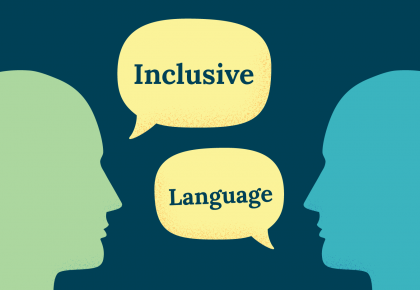Splitting Hairs About Employees’ Hair
“It’s just hair. What’s the big deal?”
For many people, hair is a big deal. Their hair is an essential part of their identity, tradition, culture, religion, or a combination. When employers make decisions based on hair, there is a high likelihood that employees will relate these decisions to legally protected characteristics such as race, religion, gender, or age.
Hair is a very personal issue. Employees and applicants will likely take great offense if they feel it has become a target.
Discrimination is Likely Illegal
Organizations that prohibit certain hairstyles, including facial hairstyles, for arbitrary reasons may be committing employment discrimination. As of August, 18 states specifically prohibit hairstyle discrimination. Under state and federal law, it is illegal to discriminate based on race, religion, and age (which are most commonly tied to hairstyle).
Hairstyles and hair length can be a form of gender expression. A 2020 US Supreme Court case prohibits employers from discrimination based on gender expression, sexual orientation, or gender identity. This cannot be ignored when considering the legality of a policy against the free expression of hairstyle. Employers often seek conformity in hairstyles, but there are far too many roadblocks to consider such a practice in the modern environment. While there are exceptions justifying such decisions, they are very limited in the face of significant risk.
Hairstyle Decisions Impact Workplace Culture
When organizations require job applicants to adopt a “conforming” hairstyle or have a policy requiring a certain type of hairstyle, they often turn away highly qualified candidates. Such policies have the unintended consequence of risking the organization’s reputation.
Black people sometimes are passed over for career opportunities because of hairstyles traditional to their culture. However, their hair is clean and styled. Shouldn’t that be the definition of professional-looking hair? It is critical that employers remain understanding of the customs and traditions of all employees to ensure the workplace culture remains positive.
Implications Beyond the Workplace
Hairstyle discrimination extends beyond the workplace. Each year, some children are sent home from school for wearing hairstyles that work well with their hair or styles that have been part of their culture for hundreds of years. What does sending these students home accomplish other than alienating them and causing them to miss educational instruction?
How to Approach this Issue
For decades, some educational institutions and workplaces have controlled hairstyles in ways that are not inclusive of people of color and minority religious groups. This marginalizes and devalues their rich history, culture, and beliefs.
Organizations should review their appearance policies to check for bias against hairstyles that may be an expression of gender, religious beliefs, age, or ethnicity and update the policies to make them inclusive.
To help organizations better understand US employment discrimination laws and the personal characteristics protected by those laws, Syntrio offers a newly released series of training courses on employment discrimination. We also provide the Speak Up! and Listen Up! series to encourage open discussions between employees and managers. A speak-up culture is essential to create a positive and welcoming environment. Our anonymous hotline and confidential digital suggestion box service provide additional avenues of communication for your team.
We welcome the opportunity to partner with you to address your employees’ questions and concerns.



